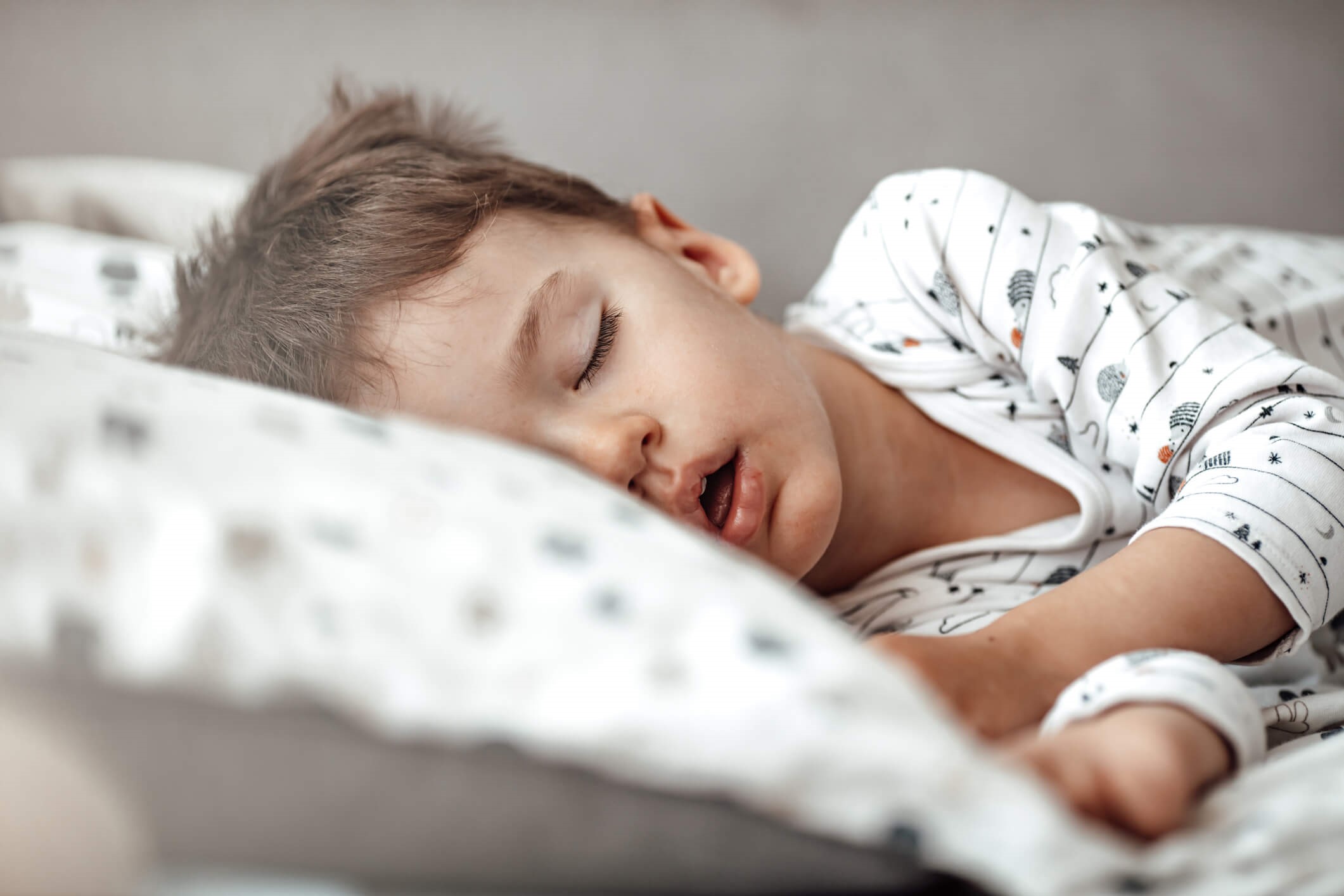
Signs of respiratory distress in children: basics for parents, nannies and teachers
Signs of respiratory distress in children, among the symptoms it usually presents with are irregular or rapid breathing, stridor, coughing, nasal fin flapping and cyanosis
How can a parent realise that their child is breathing poorly?
There are several signs that can let us know when a child is suffering from respiratory distress
Difficulty in breathing is called dyspnoea and consists of a feeling of air hunger.
However, other signs may occur depending on the age of the child, the triggering event and the severity of the illness.
Difficulty breathing can occur in several illnesses, starting with the common cold.
There are, however, other situations in which the child may suffer even severe breathing difficulties, such as bronchiolitis, bronchospasm, laryngitis, fever, pneumonia, asthma and foreign body inhalation.
CHILD HEALTH: LEARN MORE ABOUT MEDICHILD BY VISITING THE BOOTH AT EMERGENCY EXPO
Respiratory distress in children is manifested by:
- Rapid or irregular breathing: the respiratory rate, i.e. the number of breaths taken by the child in one minute, can be measured by resting the hand on the chest and counting how many times the child spontaneously expands in one minute. In the newborn and throughout the first year of age, the frequency is about 44 breaths per minute; it gradually decreases thereafter, so that by the age of five it is about 20-25 breaths per minute. In infants, a frequency of more than 60 breaths per minute may be due to crying. If the infant continues to breathe too fast, it means that there is a problem and should be examined by the paediatrician;
- Retractions: these are caused by difficulty in getting air into the lungs; the dimple in the neck just above the sternum and the spaces between the ribs retract with each inhalation;
- Nasal fin flaring: during breathing, the child presents a widening of the walls of the nostrils, which tend to droop over each other, obstructing the nostril.
All the signs listed above can be caused in the first 12 months of life by bronchiolitis.
In older children they may be a symptom of bronchospasm, asthma or laryngitis.
- Cyanosis: consists of a bluish discolouration of the skin and mucous membranes (lips and tongue) and is due to the blood reaching the organs and tissues not being sufficiently oxygenated. It is common in children with heart problems or respiratory problems;
- Coughing: this is a protective reflex that serves to clear the airways of secretions but, under certain conditions, can be a sign of an illness:
- Acute illness that resolves within three weeks;
- Continued exposure to microbes, particularly in children between 2 and 4 years of age;
- Laryngitis and whooping cough;
- Chronic illness (lasting more than eight weeks and may be due to bronchial asthma).
- Depending on the disease causing it, the cough may be dry, barking, sudden, productive, metallic;
- Stridor: this is a sharp noise that accompanies inhalation. It is often associated with the inhalation of a foreign body, but can also be due to chronic diseases such as tracheomalacia. Tracheomalacia is characterised by a soft trachea that collapses during exhalation, coughing or crying.
The treatment of respiratory disorders in children varies depending on their age and the event that caused them.
Treatment consists of nasal washes, through the use of bronchodilators and up to oxygen therapy (administration of oxygen).
When even one of the symptoms listed above is present, the child must be examined by the paediatrician for a correct and timely diagnosis, to begin treatment and to arrange for hospitalisation if necessary.
Respiratory distress, additional risk factors determining the need for hospitalisation are:
- Prematurity or age of less than two months;
- Presence of chronic diseases (bronchodysplasia, congenital heart disease, immunodeficiencies, neurological disorders);
- Difficulty of care at home by parents.
Read Also
Emergency Live Even More…Live: Download The New Free App Of Your Newspaper For IOS And Android
Neonatal Respiratory Distress: Factors To Take Into Account
Resuscitation Manoeuvres: Cardiac Massage On Children
Emergency-Urgency Interventions: Management Of Labor Complications
What Is Transient Tachypnoea Of The Newborn, Or Neonatal Wet Lung Syndrome?
Tachypnoea: Meaning And Pathologies Associated With Increased Frequency Of Respiratory Acts
Postpartum Depression: How To Recognise The First Symptoms And Overcome It
Postpartum Psychosis: Knowing It To Know How To Deal With It
Clinical Review: Acute Respiratory Distress Syndrome
Seizures In The Neonate: An Emergency That Needs To Be Addressed
Stress And Distress During Pregnancy: How To Protect Both Mother And Child
Respiratory Distress: What Are The Signs Of Respiratory Distress In Newborns?
Respiratory Distress Syndrome (ARDS): Therapy, Mechanical Ventilation, Monitoring
Childbirth And Emergency: Postpartum Complications


